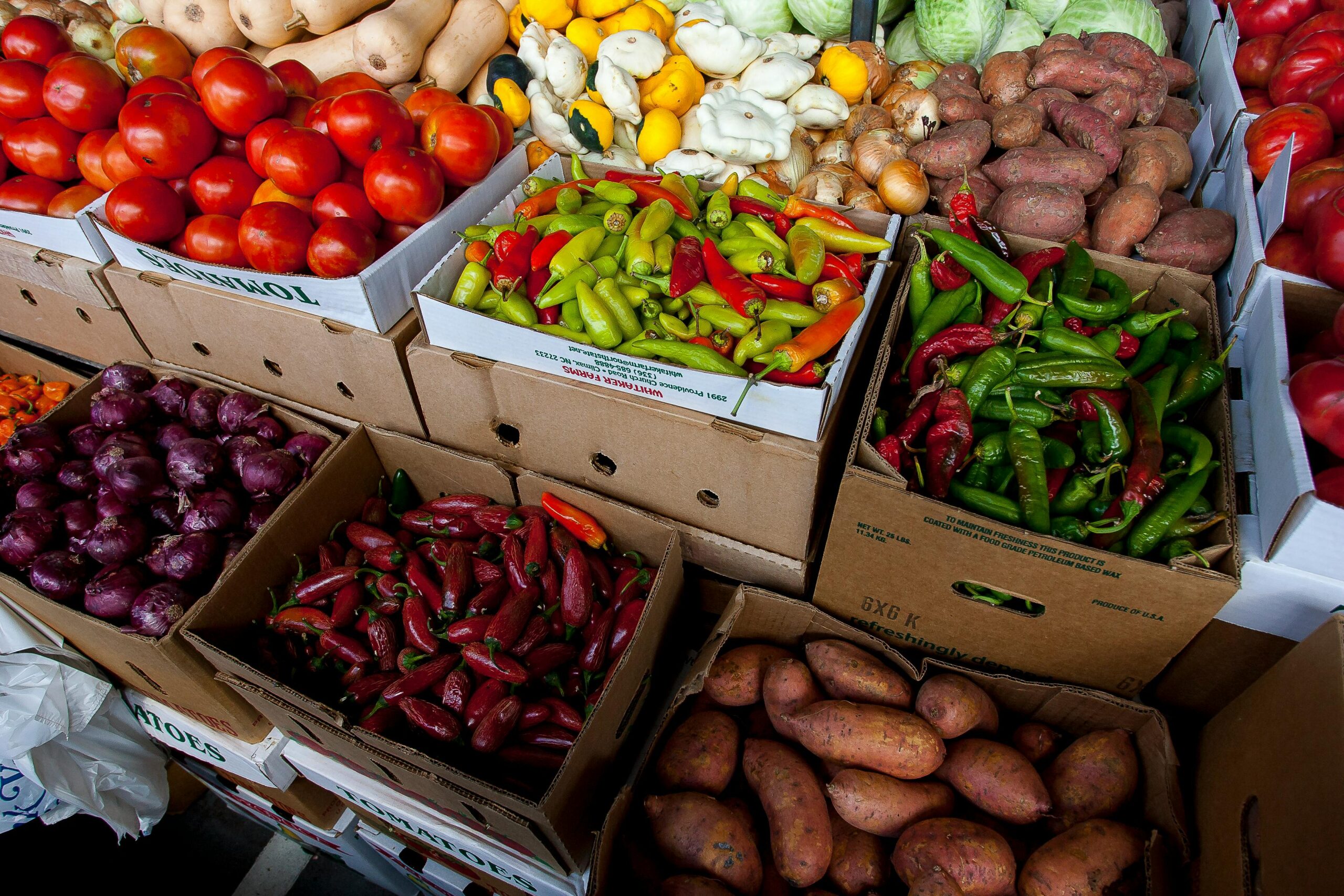Perhaps you’ve heard a version of the alarming factoid from a WWF study: each week, we eat roughly a credit card’s worth of plastic.
The presence of plasticizers in the food supply chain – particularly phthalates and bisphenols like BPA –has raised significant health concerns. Despite their utility in enhancing the flexibility and durability of plastics, these chemicals have infiltrated almost every facet of food production, from packaging materials to processing equipment.
Consumer Reports‘ recent investigation into a wide array of food products have again laid bare the prevalence of these substances. Their findings reveal that these chemicals are not confined to certain food types or packaging materials; they are ubiquitous. What some find even more concerning is the revelation that organic food products are not spared, and some even display higher levels of phthalates than their non-organic counterparts.
The health implications of these chemicals are profound and far-reaching. Recognized as endocrine disruptors, they pose serious long-term health risks, including diabetes, obesity, cardiovascular diseases, cancers, reproductive issues, and neurodevelopmental disorders. While there are biological mechanisms to eliminate these chemicals, a constant barrage of exposure results in the steady accumulation of microplastics in the body.
Establishing regulatory thresholds for safe levels of these chemicals in food is a daunting task, complicated by their widespread occurrence and the cumulative nature of their effects. The situation underscores the need for comprehensive strategies to minimize exposure and protect public health.
While efforts have been made to reduce bisphenol levels in foods, the results are mixed. Phthalate levels remain high with no significant decrease over time.
Chemical Whack-a-Mole
In the wake of BPA’s reduction, a host of less studied and less regulated compounds have emerged, presenting potentially graver health implications. The swift action to remove BPA from the food supply did not adequately ensure that its replacements would be less harmful. This oversight has led to an increase in exposure to microplastics in our food and water supplies, often hidden under the guise of being “BPA Free.”
This situation is a poignant reminder of the complexities involved in ensuring food safety. It is not enough to simply remove a known harmful substance; it is crucial to consider the broader implications of its alternatives. Informed decision-making and rigorous regulatory oversight appear to be key moving forward.
The Food Institute Podcast
With New Years’ resolutions in full swing for January, how are consumers adjusting their diets for a healthier lifestyle? Marie Molde, a registered dietitian with Datassential, joins The Food Institute Podcast to discuss consumers’ health goals, the rise of mushrooms, emerging health-focused restaurant concepts, and the impact of GLP-1 drugs on the food industry.












